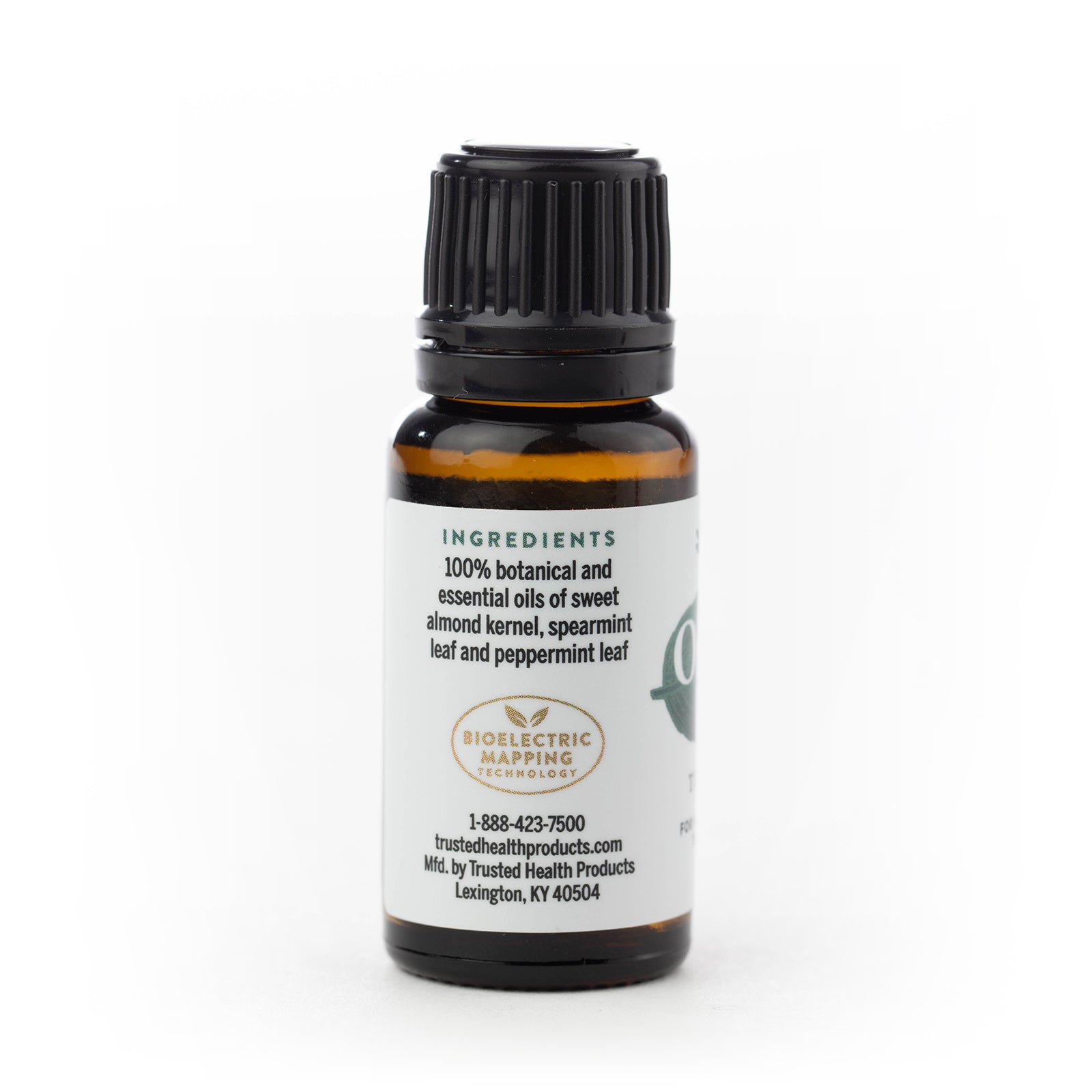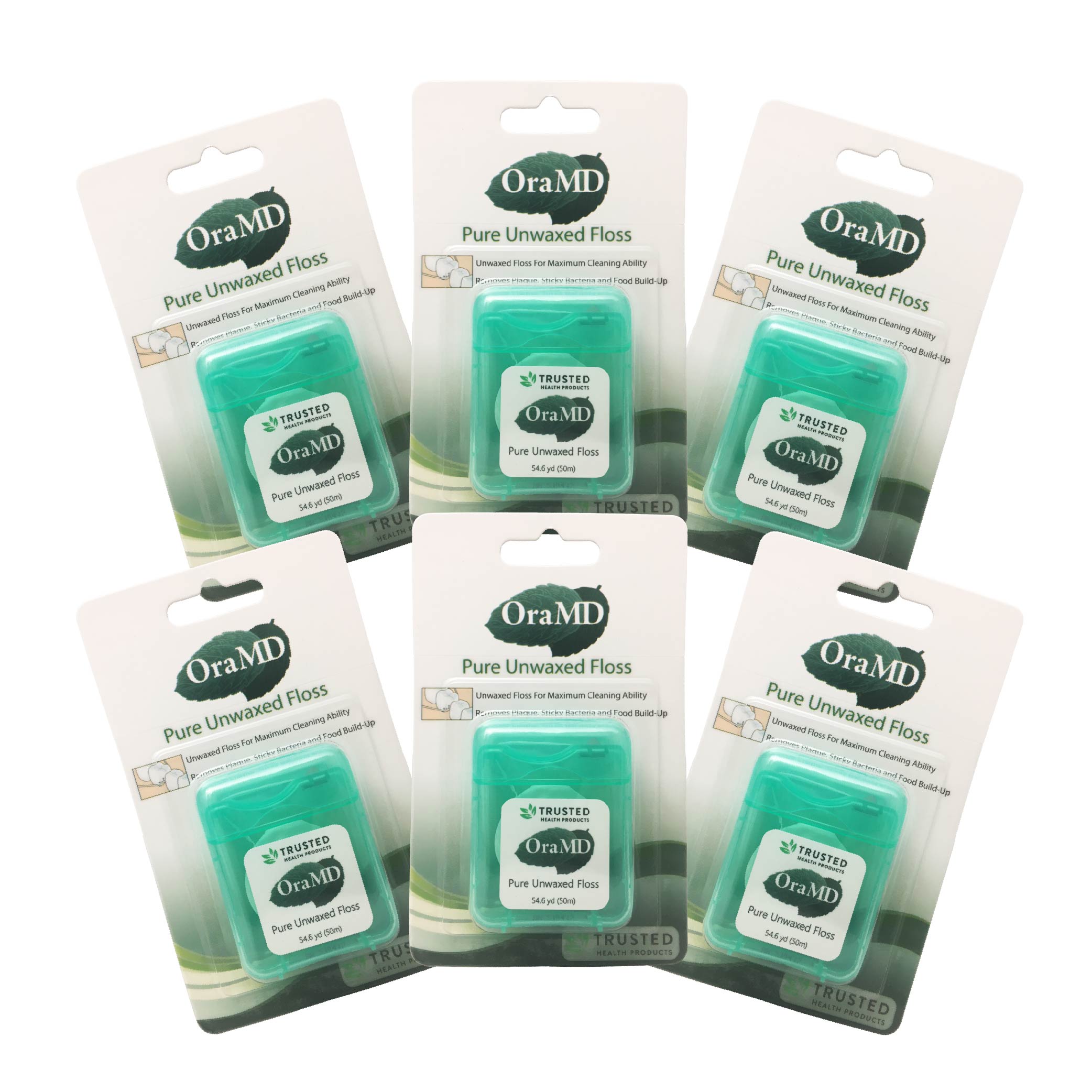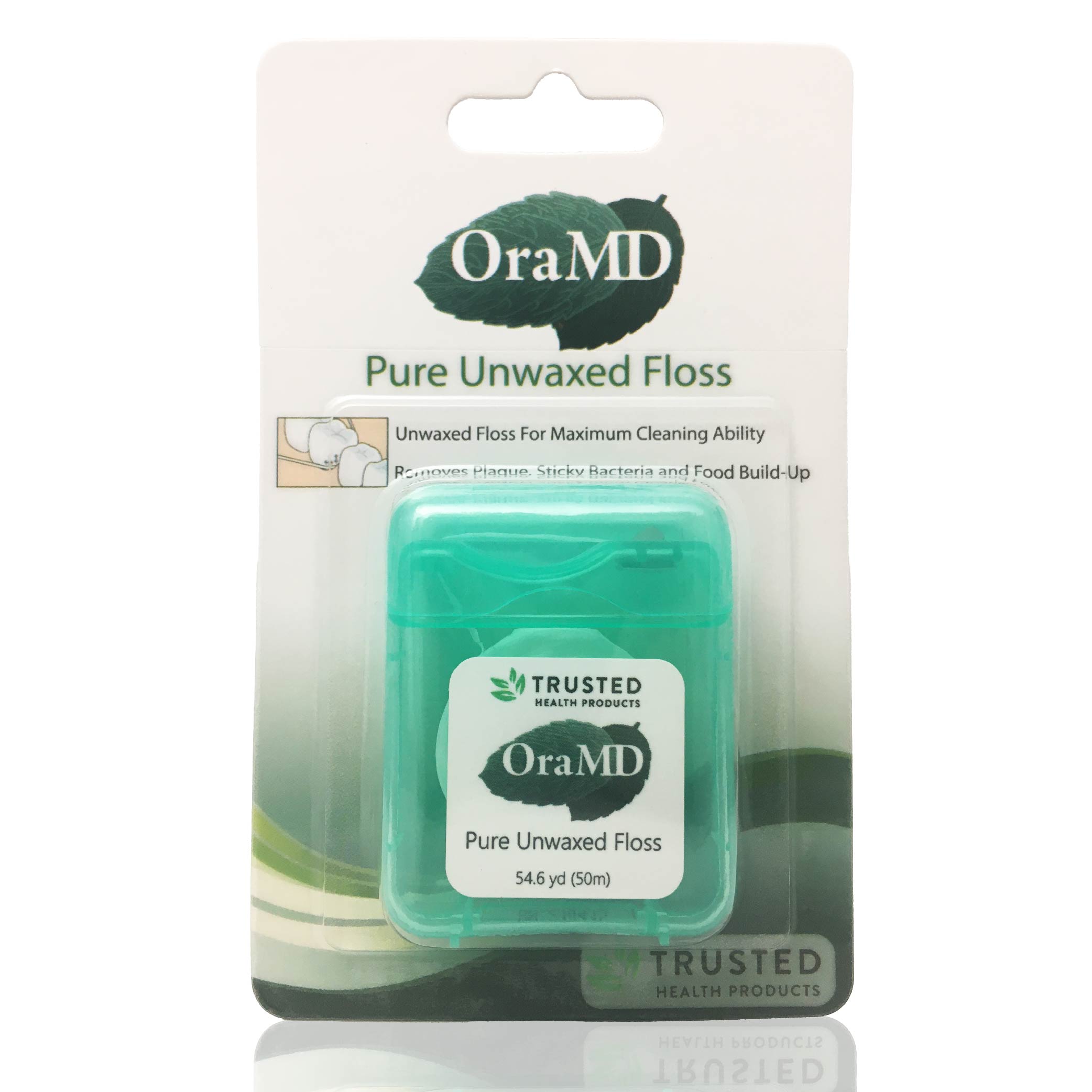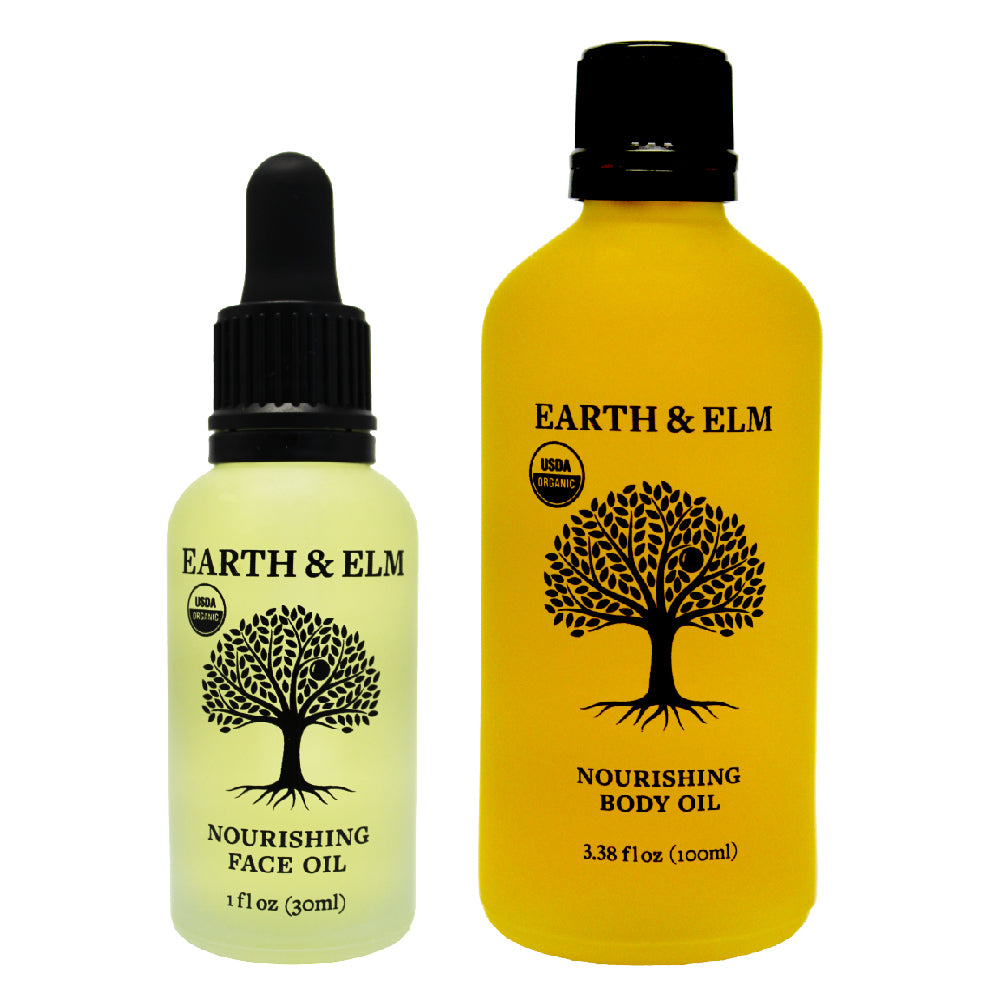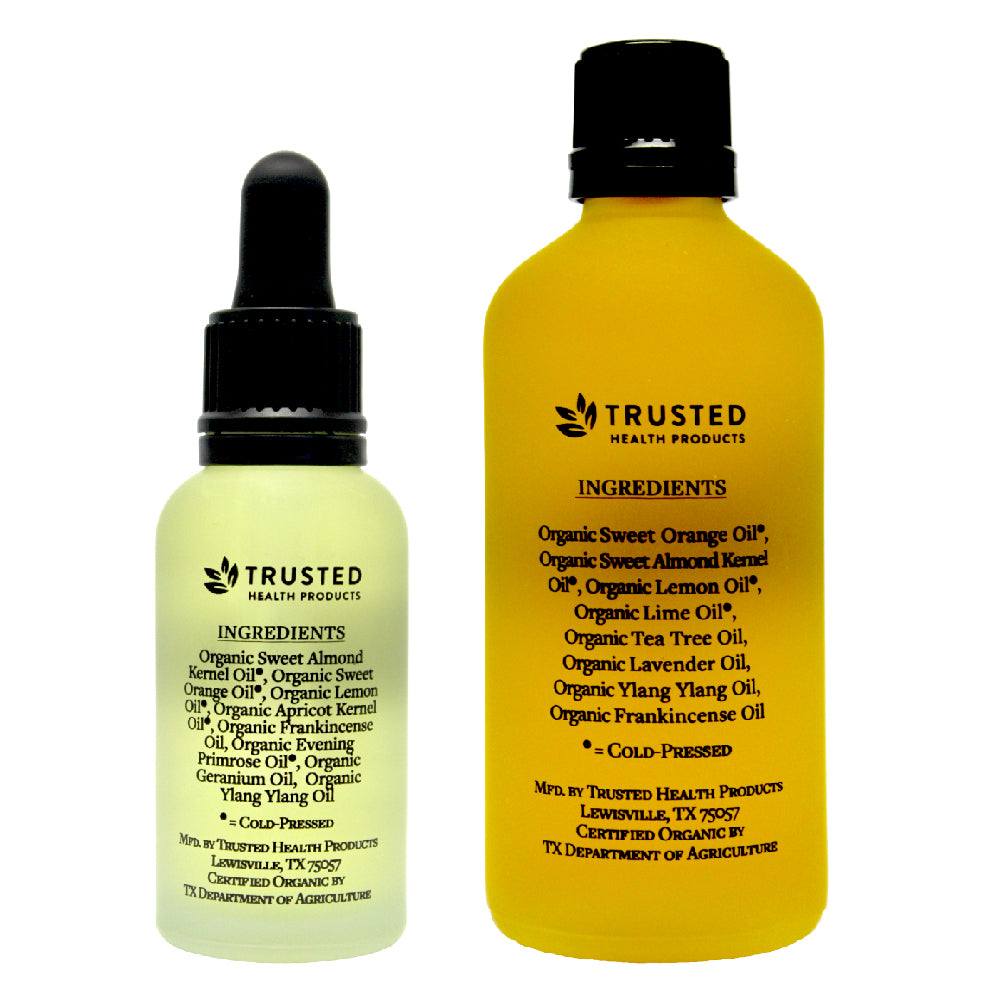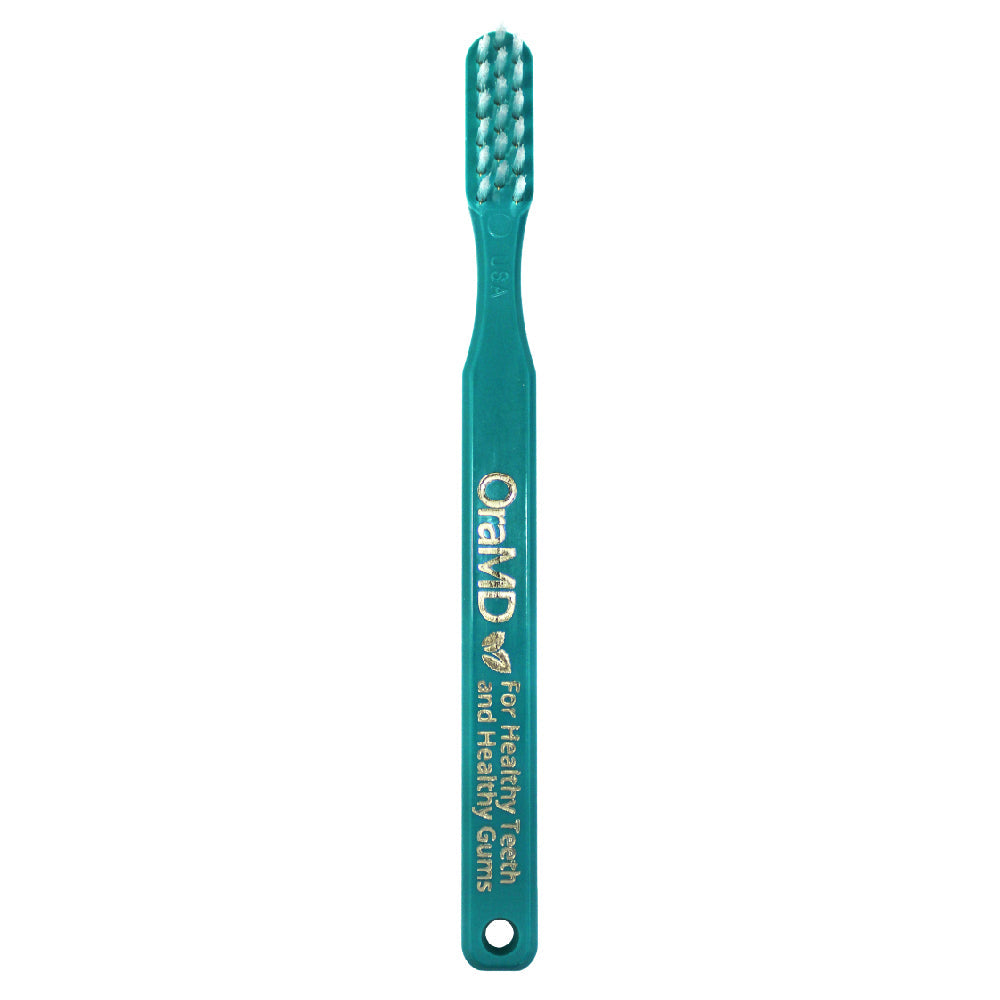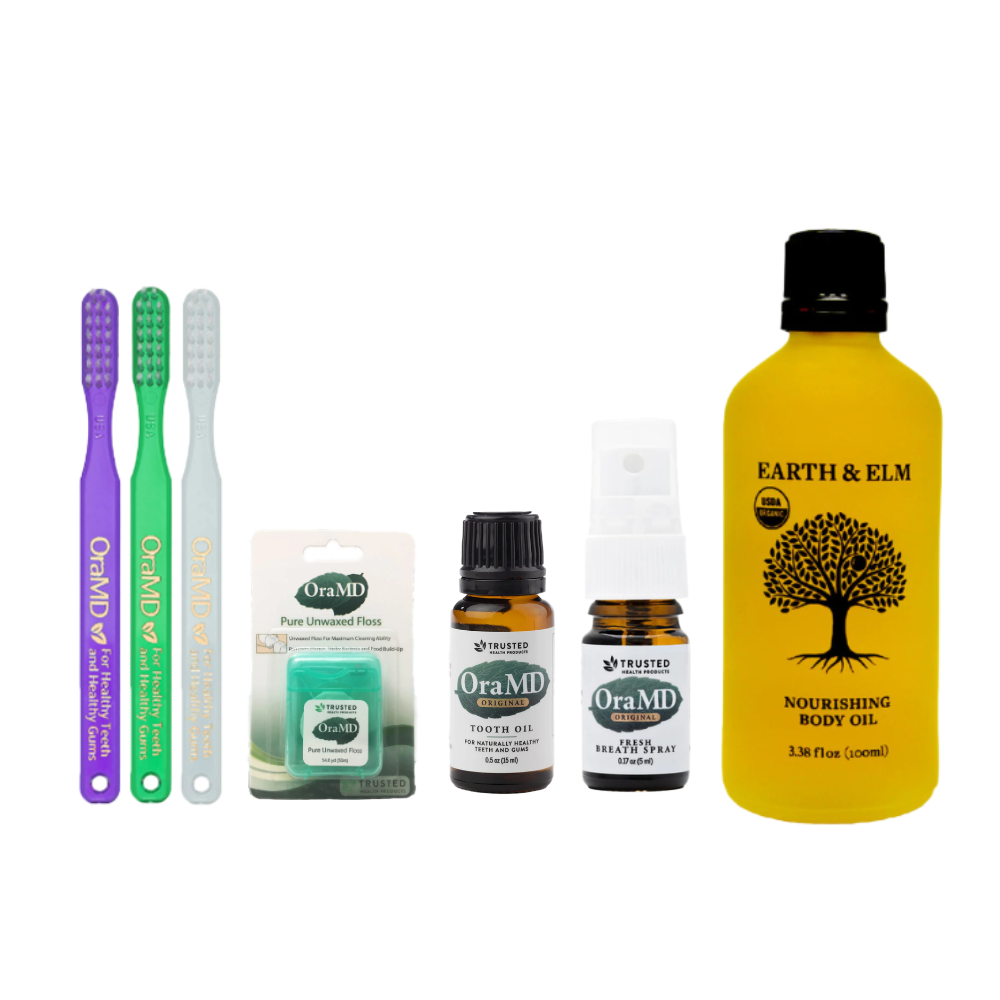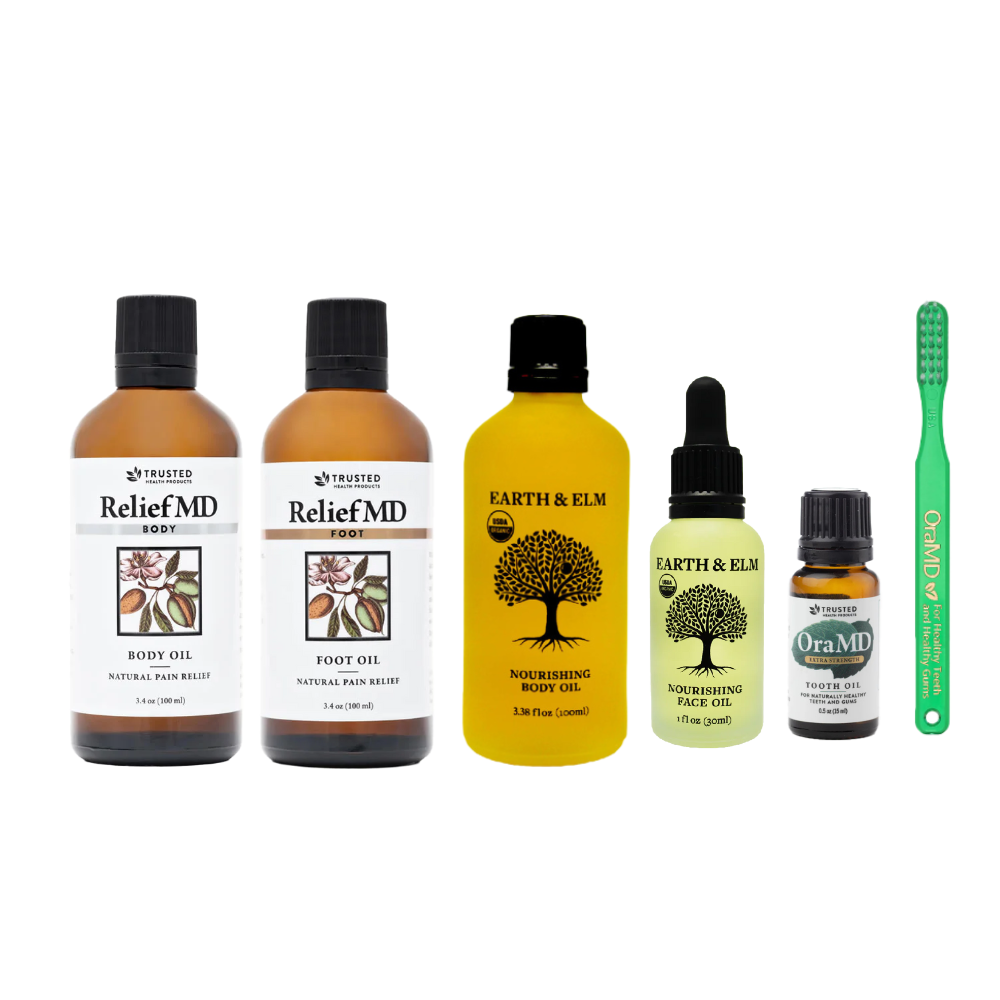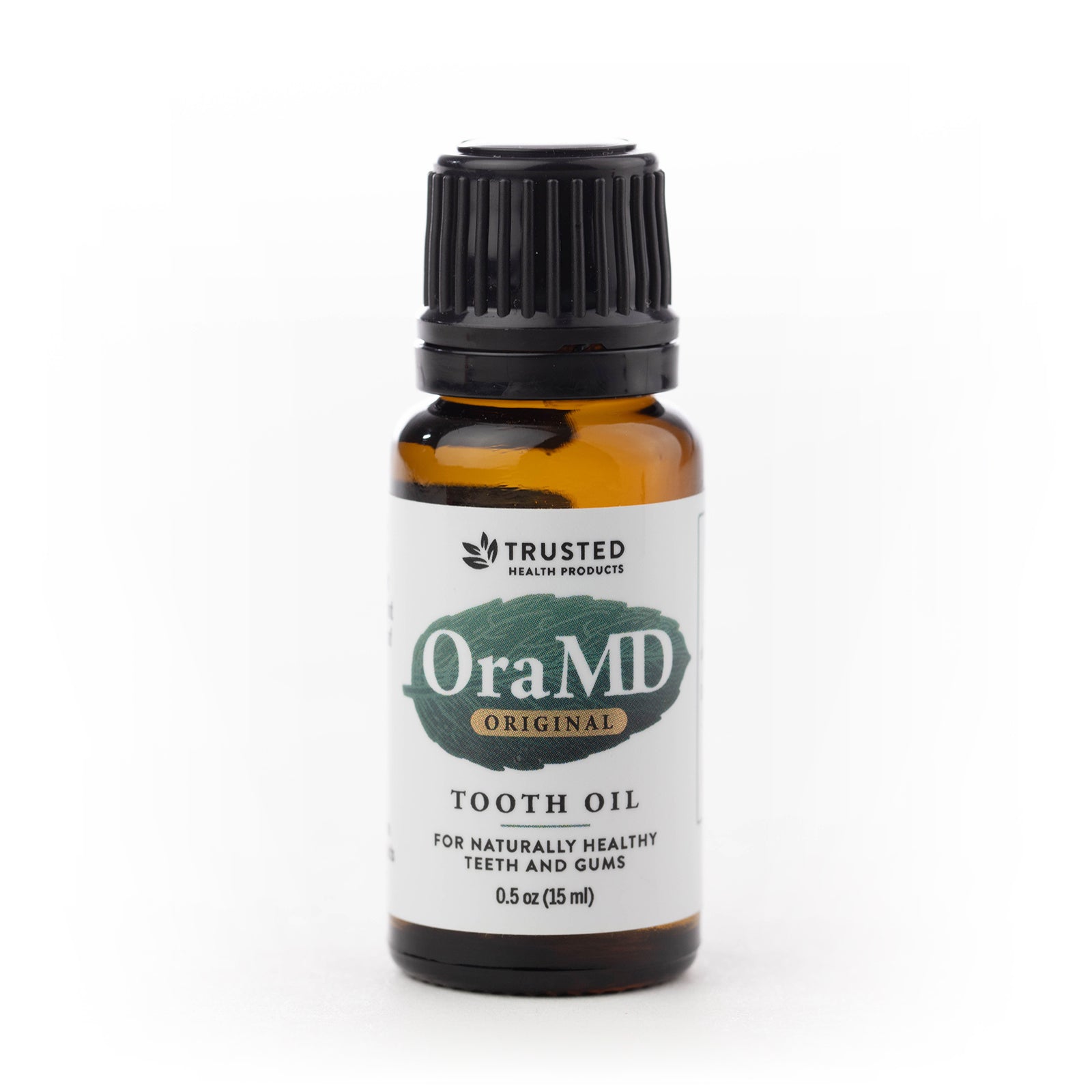Hydration News: Why It Is So Important In The Heat
August 18, 2020
Author: Kenneth Melicado
Tags:
Written By Lisa S. Jones / Reviewed By Ray Spotts
Roughly 25 percent of heat-related illness cases are the result of a fluid imbalance, rather than heat exposure alone. Arizona State University researchers set out to understand exactly what is going on in the body as it responds to heat stress. In particular they looked at hydration levels, core temperature and sweat loss to develop interventions and best practices.
Published in the International Journal of Environmental Research and Public Health, the findings show that hikers' performance during hot weather conditions was impaired and resulted in slower hiking speeds and prolonged exposure to the elements, thus increasing their risk of heat-related illness.
Most hikers also did not bring enough fluid with them on their hike to compensate for their sweat loss. Less aerobically fit participants were most negatively affected by heat stress and performed worse overall compared to their more aerobically fit counterparts.
"The current guidelines for hikers in general are very broad and geared more toward safety than quantifying the adequate amount of fluid they need," says ASU College of Health Solutions Assistant Professor Floris Wardenaar. "The guidelines also do not take into account fitness levels or the importance of incremental exposure to the heat, which can be affected by acclimatization to specific environments and weather conditions."
Hydration And Heat Study
Twelve participants were asked to hike a selected mountain on a moderate day - 68 degrees Fahrenheit - and then on a hot day - 105 degrees Fahrenheit. They were told to prepare as they normally would, bringing however much fluid they thought they would need, and were asked to hike as quickly as possible without becoming uncomfortable.
Their resting metabolism before the hike was recorded to estimate their energy production during the hike. Their weight, heart rate, core temperature and hydration status were measured before and after the hike, and their drinking behavior - how much or how little fluid they consumed - was monitored throughout.
Researchers calculated participants' rate of sweat loss through their bodyweight reduction, which averaged out to about one percent, whether conditions were hot or moderate. "The one percent bodyweight reduction had different reasons," Wardenaar continued. "During hot conditions, participants' sweat rates were higher while drinking more, often resulting in consuming all of the fluid brought, whereas during moderate conditions, sweat rates were lower, but participants drank less.
“A 1% bodyweight loss is considered manageable and not likely to result in detrimental performance decline. My concern is that when people hike longer than 80 to 90 minutes in hot conditions that they will not bring enough fluid, resulting in larger bodyweight losses.
“Heat slows you down. This means that what you normally can hike in 75 minutes under moderate conditions may take up to 95 minutes in the heat. That is something that people should take into account, especially when their hike will substantially exceed the 90 minute cut-off."
Hydration And Heat-Related Illness
Compared to moderate conditions, hot conditions significantly impaired hiking performance by 11 percent, reduced aerobic capacity by seven percent, increased rate of perceived exertion by 19 percent and elevated core temperature.
On average, participants took about 20 minutes longer to complete the hike during hot conditions than during moderate conditions, which theoretically could exponentially increase the chance of developing heat-related illness.
Preparing for a hike by familiarizing yourself with your personal hydration needs is suggested. You can do so by multiplying your weight before the hike by .01, then subtracting your weight after your hike from your starting weight.
If the difference between your starting weight and your ending weight is greater than the product of your starting weight multiplied by .01, you need to be drinking more fluid during your hike. Stay well-hydrated before you even get out on the trail and avoid alcohol as it can contribute to dehydration.
Lack Of Adequate Hydration Among Elderly
The elderly are particularly prone to underhydration and dehydration, reports a UCLA School of Nursing study published in the journal SAGE Open Nursing. The study shows that these conditions are likely to be under-recognized, bringing on health problems ranging from urinary tract infections to frequent falls.
One significant problem with determining hydration status among elderly people, however, is the lack of a “gold standard” method for measuring hydration but the researchers did find one measure to evaluate if it could be used by health providers to determine hydration status in older adults.
Known as salivary osmolality, it compares the ratio of water to certain chemicals naturally in saliva and is measured using an osmometer - a simple, noninvasive instrument that requires a sample about the same volume as a teardrop. Salivary osmolality is becoming a reliable tool for determining underhydration and dehydration.
For the study, urine samples were taken from 53 adults at two senior centers and one adult day care center in Los Angeles two times a day, one day a week over a three-week period.
By measuring salivary osmolality, the team found that elderly participants overall had higher osmolality - indicating greater dehydration - than younger adults, and osmolality was higher during morning hours than it was in the afternoon. Osmolality also was higher among seniors with limited mobility.
Understanding Underhydration
They also found that significant psychological barriers, including a fear of overnight incontinence, were one of the biggest reasons for early morning osmolality changes.
“So many health issues are related to inadequate hydration,” says Janet Mentes, professor of nursing at UCLA. “The most closely linked are urinary tract infections.
“Many seniors are underhydrated for a period of time, and when they are exposed to a virus or bacteria they are more likely to develop an infection, such as urinary tract infections, pneumonia or other respiratory diseases. They will be treated for the infection, but the underlying underhydration will not be recognized. Thus, an opportunity to educate the individual about adequate fluid intake is missed.”
Underhydration in the morning can result in falls. One unusual result the team found was lower osmolality among African-Americans, who have traditionally been more likely to be hospitalized for dehydration than Caucasian adults.
In this study, African-American participants had a salivary osmolality significantly lower than Caucasian participants, which would indicate less severe hydration problems. Further research on hydration among African-Americans will be necessary to better understand these results.
It is estimated that up to 40 percent of community-dwelling elderly people may be chronically underhydrated, which can lead to more severe dehydration and ultimately life-threatening infections and other health problems.
Currently, dehydration accounts for a five percent increase in preventable emergency room visits between 2008 and 2012, and adults older than 65 have the highest hospital admission rates for dehydration, according to the Agency for Healthcare Research and Quality.
Thirst Is Not Typically The Best Indication Of Hydration
It is essential to maintain adequate levels of hydration throughout the day, every single day. This is because the body is made up of over 80 percent water. Replenishing that water is necessary for things such as physical performance, body temperature and various other functions of the body.
The common recommended amount of a daily intake of water is half your body weight in ounces. Contrary to what some people think and have been told, eight glasses of water a day is typically not enough.
A recent study found that perhaps feeling thirsty isn't actually the best indication of dehydration. So many other signs of dehydration often show themselves prior to thirst even setting in.
Having a dry mouth or craving something cold to quench your thirst are a few of the last signs that you should have some water. Things like perceived hunger, dry skin and not routinely urinating are signs of dehydration.
Thirst is not an adequate barometer for whether or not you are properly hydrated. Ideally, you are drinking at least eight to 10 ounces of water every hour while you are awake.
Spreading your water consumption out over the course of the day is much better than trying to chug half a gallon of water at seven p.m. because you forgot to drink water all day. By that time, your body would obviously be dehydrated.
A tip to get enough water into your system throughout the day is to drink a full glass on an empty stomach right when you wake up. During sleep, you are obviously not consuming any liquids. Most people wake up in a state of dehydration and may not even know it, though waking up with a dry mouth is typically a reliable sign of dehydration.
Individualized Hydration Protocol
During a study, Dehydration Impairs Cycling Performance, Independently of Thirst: A Blinded Study, it was shown that despite two groups of cyclists getting adequate water versus no water, cyclists may not have been aware that they were actually dehydrated because they weren't experiencing what they recognize as thirst. However, they were underperforming those who were well hydrated.
The inability to perform to the level of physical ability that is possible is deeply impacted by hydration. The researcher noted that despite only having a small sample size, it would make sense that something as essential as hydration would impede and interfere with performance if it isn't properly dealt wi
Things like body temperature and sweat can be impacted by levels of hydration as well. When we sweat, we lose water and hydration levels drop.
This is the same as when we urinate. Keeping these levels in accordance with what our body needs can seem time consuming and cumbersome.
A good way to measure the amount of water you're getting and need is to drink some every hour and be mindful of how much you're using the bathroom. Steady and frequent urination during the day will help you to realize just how much water you are consuming.
“Drinking only to thirst typically leads to significant dehydration, which is associated with exercise performance impairment,” says Stavros Kavouras, one of the researchers on the study and a professor of Nutrition at Arizona State University and Director of the Hydration Science Lab. “For optimal performance, competitive athletes should develop their own individualized hydration protocol to best address their fluid needs during exercise.”
Subscribe to our Trusted Health Club newsletter for more information about natural living tips, natural health, oral health and skincare. If you are looking for more health resources make sure to check out the Trusted Health Resources list.
Written By:
Lisa S. Jones is a certified nurse, nutritionist, fitness coach and health expert. Her training credentials include a B.Sc. in Nursing from California State University in 2013 and Youth Nutrition Specialist Certification from the American Fitness Professionals and Associates in 2015. In 2017, she also received Holistic Nutrition Certification from the American Fitness Professionals and Associates.
Reviewed By:
Founder Ray Spotts has a passion for all things natural and has made a life study of nature as it relates to health and well-being. Ray became a forerunner bringing products to market that are extraordinarily effective and free from potentially harmful chemicals and additives. For this reason Ray formed Trusted Health Products, a company you can trust for clean, effective, and healthy products. Ray is an organic gardener, likes fishing, hiking, and teaching and mentoring people to start new businesses. You can get his book for free, “How To Succeed In Business Based On God’s Word,” at www.rayspotts.com.
Photo by Kristjan Kotar on Unsplash
SHARE
Arizona State University researchers set out to understand exactly what is going on in the body as it responds to heat stress. In particular they looked at hydration levels, core temperature and sweat loss to develop interventions and best practices." aria-label="Share on Pinterest" target="_blank">








